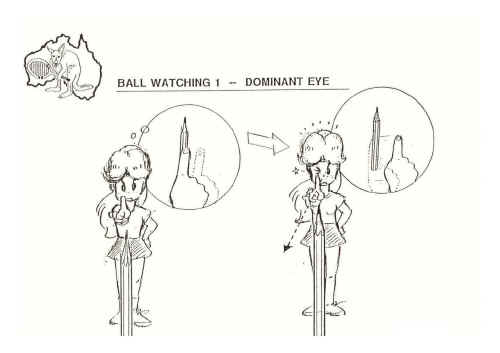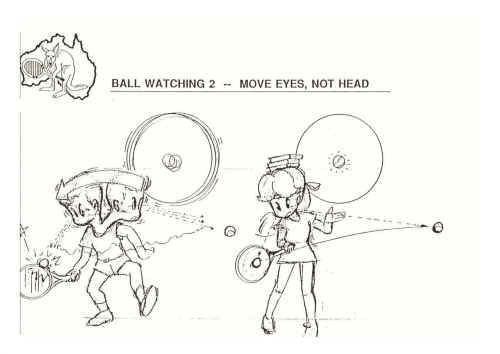ATP: Why is my game so up and down?
A question we get all the time is why is my game so up and down — particularly as we age.
What is the common denominator with changing conditions, newer balls, various styles of opponents — your ability to watch the ball. In fact, the stats are 90% of errors are caused by players not watching the ball.
No matter your age – it is never too late or too early to learn how to REALLY watch the ball.
Here’s a few basic tips to help you start improve your watching — and even out your game.
Everyone has a Dominant Eye leading to shot preference and, typically a forehand, since most of us are cross dominated. How do I determine which eye is dominant?

- To minimize effect of eye dominance, be at right angles to the direction from which the ball is coming — particularly on service return and volleys. If watch any of the Big 4, you’ll see that change their return positions depending on whether they are returning from the Forehand or Backhand sides.
Move your eyes, rather than your head. Moving your head loses time for shot preparation.

- Try to hit the ball in front so you minimize turning your head — and consequently hitting the ball consistently late — particularly on your non dominant side. Lefties have notoriously weaker back hands for this reason!
These two tips are basic Ball Watching 101 to help you both play better — and more consistently!
Cheers,
The Tennis Whisperer

